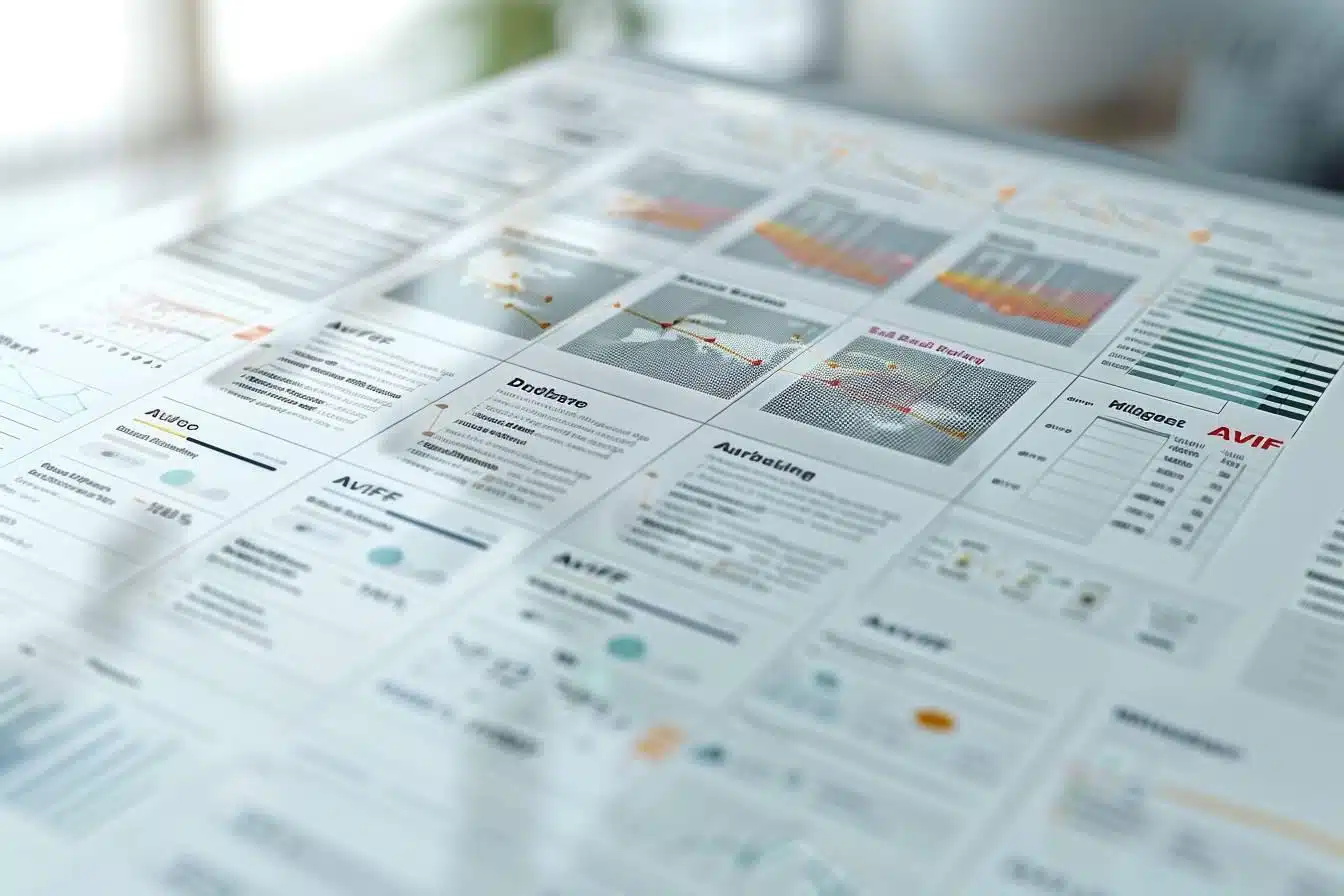Technological evolution is constantly transforming the web landscape, and the field of images is no exception. Recently, Google made an announcement that could well reform our approach to online visuals: the adoption of the AVIF format for images. This decision marks a significant turning point in website optimization and opens up new perspectives for digital professionals.
The AVIF format: a new standard for web images
AVIF, which stands for AV1 Image File Format, is a promising alternative to traditional formats such as JPEG and PNG. Based on the AV1 video compression standard, AVIF offers outstanding performance in terms of compression and visual quality.
The advantages of the AVIF format are numerous:
- Significant reduction in file size (up to 50%)
- Better visual quality at equivalent size
- Transparency and animation support
- Expanded dynamic range for richer colors
These features make AVIF particularly well-suited to the demands of the modern web, where fast loading and visual quality are paramount.user experience and website performance.
Impact of AVIF format on SEO and user experience
Google's adoption of the AVIF format is not insignificant, and will have major repercussions on SEO. As a traffic acquisition specialist, I can tell you that this development will positively influence several aspects of SEO :
1. Core Web Vitals enhancement Reducing image size helps to speed up page loading, which has a direct impact on Largest Contentful Paint (LCP), a key indicator for Core Web Vitals.
2. Easy indexing : Google now automatically supports AVIF images in its index, without any special adjustments on your part.
3. Enhanced visual experience The superior quality of AVIF images can help increase user engagement on your site.
To illustrate the potential impact of the AVIF format on web performance, here's a comparative table:
| Criteria | JPEG | PNG | AVIF |
|---|---|---|---|
| Average file size | 100% | 120% | 50% |
| Visual quality | Good | Very good | Excellent |
| Transparency support | No | Yes | Yes |
| Impact on LCP | Medium | High | Low |
Implementing the AVIF format: strategies and considerations
Integrating the AVIF format into yourimage optimization for search engine optimization requires a thoughtful approach. Here are a few recommendations for a smooth transition:
1. Compatibility assessment Although all major browsers support AVIF, it's crucial to check compatibility with your target audience.
2. Setting up redirects : Switching to AVIF format implies URL changes. Be sure to set up appropriate redirects to preserve existing SEO.
3. Use of picture Implement HTML picture markup to offer alternatives to browsers that don't support AVIF.
4. Progressive optimization Start by converting the most important images on your site, then gradually extend to all your visual content.
In my experience as head of Digital Aware Consulting, I've found that adopting new technologies like AVIF can seem daunting at first. However, the benefits in terms of performance and user experience more than justify the investment.
Future prospects for web images
Google's adoption of the AVIF format marks the beginning of a new era for images on the web. This development is part of a wider trend of continuous optimization of web resources, essential to meet growing demands in terms of performance and user experience.
In the future, we can expect :
- Growing adoption of AVIF by CMS and content management platforms
- Development of automatic conversion tools to AVIF
- Further integration of AVIF into the strategies of Technical SEO
As digital professionals, it's crucial to stay ahead of these developments. Early adoption of the AVIF format can give you a significant competitive edge by improving your site's performance and user experience.
Don't hesitate to investigate the possibilities offered by AVIF and integrate it into your web optimization strategy. The results in terms of loading speed, visual quality and SEO impact could well exceed your expectations.
